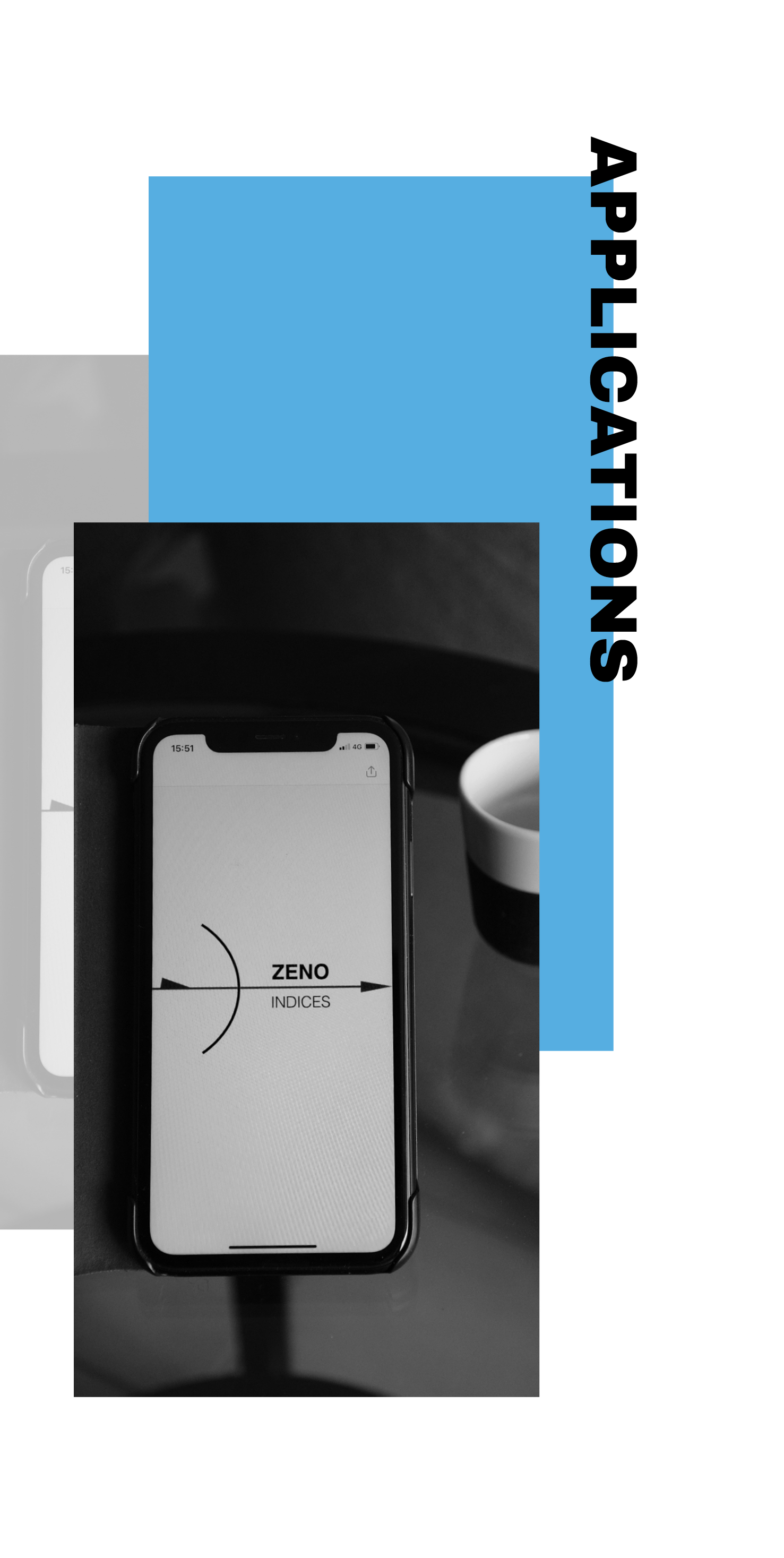
Applications
Linking control to financial performance and other related variables (e.g., distribution of dividends, size of the float, sectorial concentration). This cannot be done using Herfindahl type indices but is successfully done with the Zeno indices (published research).
Strengthening the “G” component in an ESG analysis. Zeno indices can be combined with other governance indicators to yield a comprehensive measure of governance and be used as a differentiating factor compared to more traditional ESG indices.
Processing complex shareholding structures quickly, in a graphical and interactive way. The methodology first identifies and displays directly or indirectly owning shares in a given target (within seconds). It conveniently displays the result in the form of maps of interlinkages while allowing the user to conveniently move from one company to another. These maps can be customized by the user to focus on a specific entity. In the second stage, it identifies the Ultimate Controlling Owners (UCOs) and indicates on the maps the channels through which that control can be exercised. Finally, the program also calculates a robust measure of the control that can potentially be exercised by the UCOs as well as an Index Gz of governance for the analyzed target.
Performing ‘What-if’ scenarios, e.g., for an M&A analysis. The program can conveniently be run repeatedly in order to measure how control would evolve under various scenarios based on potential changes in the distribution of shares among existing UCOs or by the acquisition of shares by a new investor.

Fields
- Portfolio management
- Financial analysis
- Compliance
- Risk management
- Corporate finance
- Investment banking
- ESG analysis
